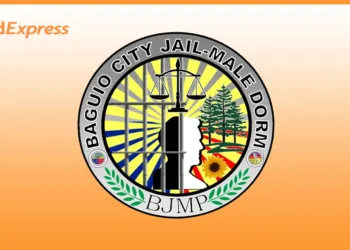BAGUIO CITY – Multi-million infrastructure projects being currently implemented in the different parts of the city are done pursuant to project specifications and standards of the implementing agency contrary to observations that contractors are not doing well in the prosecution of their awarded projects.
Engr. Alexander Castañeda, district engineer of the Department of Public works and Highways – Baguio city District Engineering Office (DPWH-BCDEO), said all projects pass through the rigid inspection of quality teams from the city, regional and central offices of the agency aside from the regular materials testing conducted on the materials used for the projects.
“Implemented projects pass through a series of inspections by independent teams from different offices of the agency aside from the audit teams that is why the quality of completed projects cannot be compromised by the contractors considering that their payments are withheld once defects are uncovered,” Castañeda stressed.
On the existence of cracks on newly paved road surfaces, the district engineer explained there are two types of cracks on pavements, namely, the longitudinal and transverse cracks, with different causes.
He explained longitudinal cracks on the surface of pavements occur when the preparation of the base was not properly compacted and that the wame warrants the automatic replacement of the pavement where the crack occurred at the expense of the contractor.
According to him, traverse cracks occur on different portions of the 4.5-meter span which could be caused by the so-called temperature crack, thus, contractors must initiate cuts on the pavement at least 42 to 72 hours after the pouring of concrete mix over the pavements in order to allow the heat to move out of the span.
If the transverse crack appears on the middle third of the span, the DPWH-BCDEO official disclosed the contractor is automatically required to remove and replace the pavement but when it appears on either portion of the span but not on the middle third, the contractor can implement corrective measures which is allowed under existing rules and regulations.
Castañeda explained contractors will not be paid their collections once quality assurance inspectors find cracks on their projects and that their payments will only be released after corrective measures shall have been put in place.
For a one-year period, the 10 percent retention of contractors will not be released in order to cover the expenses that will be incurred when defects occur on the projects that is why there is no truth that government agencies are the ones spending for the defective projects within the on-year guarantee period.
Aside from visual inspection, he added pavements are subjected to coring tests, depending on the state of the cracks to ascertain whether or not the contractors observed the appropriate mode of competing the base or the concrete mixture used in their concreting works.
Before the release of their retention fund, he claimed infrastructure projects are subjected to various types of inspections and tests to ascertain that they will last their projected economic life for the benefit of the welfare of the people using the completed infrastructure projects in the different parts of the city for the convenience of the commuting and motoring public.














